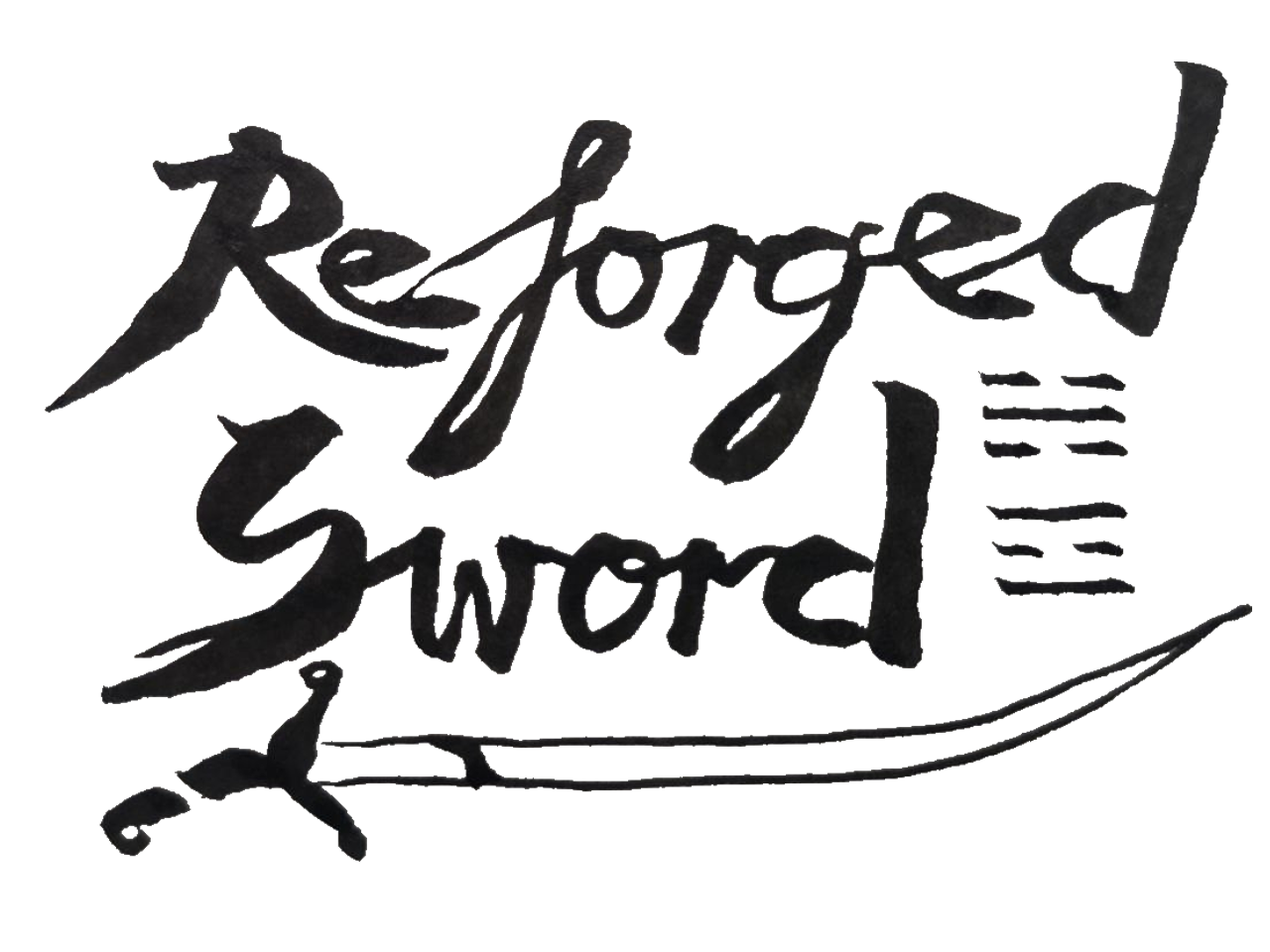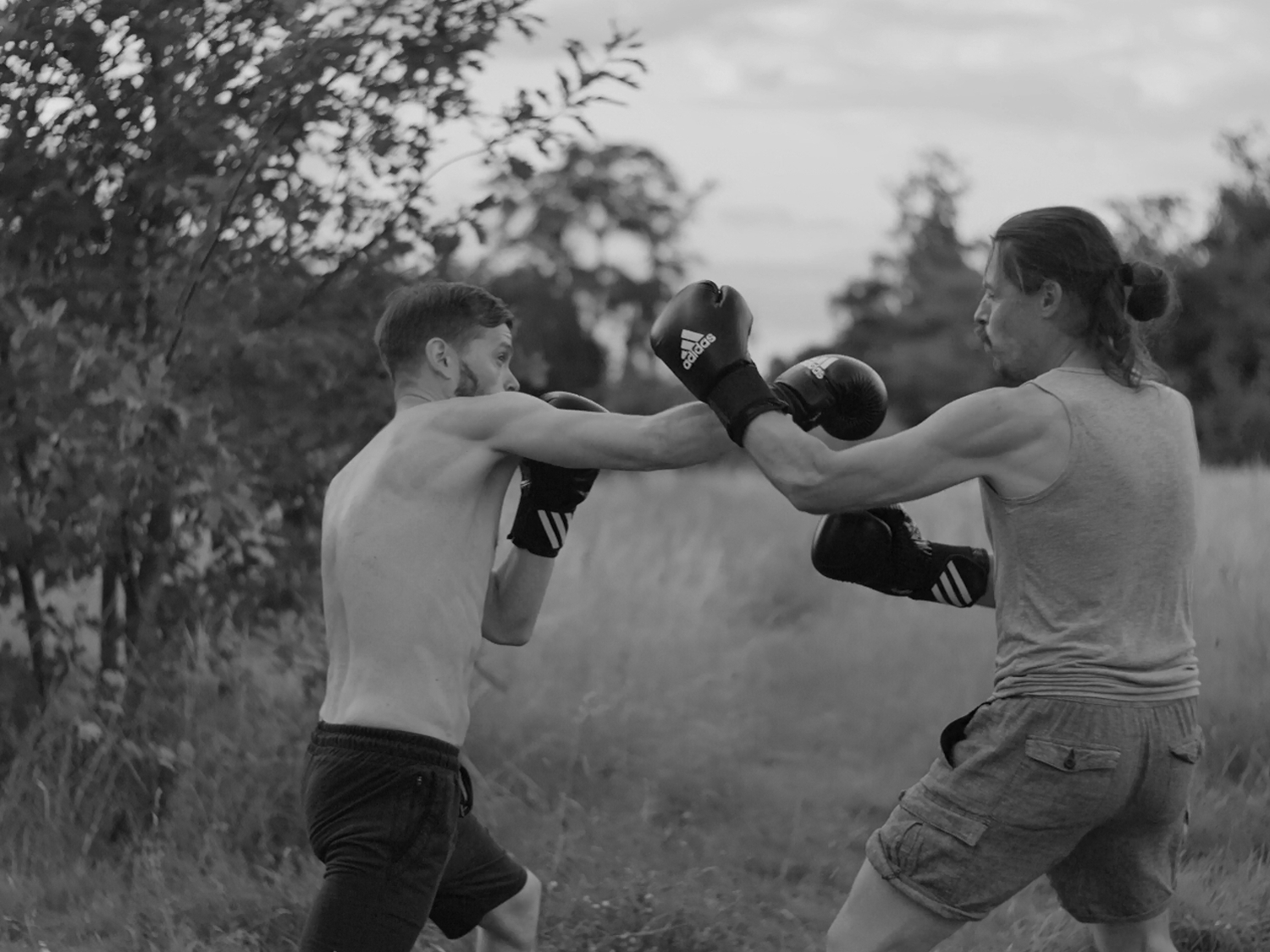INTERNAL VS. EXTERNAL MARTIAL ARTS
External Styles also use internal principles. In Karate (a Martial Art, that counts as external style), the teachers used to tell us to “stick” to the bag, to the pad, or partner, when we punch. And to “think the technique through the partner”. I heard the same sentence from boxers. The teachers did not want us to change the outside, the visible form of the punch, the stance, rotation of hip and so on, when they said these sentences. They wanted the outcome of the technique to change, the quality of the body and action.
The sentence to “punch through the opponent” is first a thought, an intention on the mental level, that changes the feeling and the perception of the body. That change leads to a subtle adjustment in the body, which changes the outcome of the technique. Something happens “internally”, within the mind, that creates a certain visible quality on the outside. That is one way to understand the “internal” of internal martial arts.
The internal styles say, that the intent (thought, mind intention) change the feeling (the chi), that changes the quality of the body and the quality of the technique.
Internal styles are based on a deep knowledge and research of these internal mechanics. The training leans more to working on these internal mechanics, on the quality of the body mind feeling system, then on the technique and the physical strengthening of the body. If trained correctly they will lead to great physical strength, but slower. External Styles lean more on training speed, strength, coordination, perfection of the techniques.
In the Tai Ji Chuan training students would train, to float their bones, open the joints, release the muscles, let the tissue, or fascia do the work. The sentence, I had heard in the Karate Dojo “think the punch through the opponent” has in an optimal case exactly that outcome. The joints open, more fascia, more mass is involved in the punch, more power is delivered with less effort. That happens without naming the actual internal body mechanics.
The weaknesses of internal Styles can be, that they do not do real stress testing, no intense partner training, and like that the principles remain inapplicable. The weakness of external styles is the danger of practitioners to lose skill from a certain age on, while in internal styles people can improve even in old age. I have seen a lot of people from external styles, especially those, who do a lot of sparring, like boxing, who have developed internal qualities, without naming them as such. Internal styles also have the extra capacity of healing injuries, physical symptoms, help to release trauma and lead into meditation. A good martial art, or martial art training should merge both aspects. It also is a matter of personality, physique and age. But no mistake. Even though internal styles have a lot to do with one-pointedness of mind, with meditation, with softness in a way, they are, if trained correctly, physically very demanding. In my experience more demanding then any training, I have had before I knew Internal Martial Arts. One of my teachers said “Tai Ji Chuan is sweat and pain”.
EXTERNAL AND INTERNAL ARTS
First there are fighting systems, Martial Sports, Martial Arts, and within Martial Arts, one differentiates external and internal Martial Arts. All of these can overlap.
Fighting Systems have no spiritual metaphysical background, they are an effective and efficient method, to learn how to fight or defend oneself, often they derive from the military, they can contain internal work or develop in the direction of a Martial Sport or Internal Style, like some schools of Russian Systema do. Examples for fighting systems are Krav Maga, ATK (Anti Terror Kampf – Anti Terror Fight), and others. Martial Sports are self explaining, Boxing is the best known Martial Sport. Martial Arts are always deriving from, connected to, or contained by some metaphysical Tradition, no matter if external or internal styles. The Martial Training is always more, then a training for fighting or sportive competition. Japanese Martial Arts are deeply steeped in, or even a path of Zen Buddhism, Chinese Martial Arts, can lean more towards Daoism, or Buddhism. Usually they are influenced by both. Internal Martial Arts are especially intertwined with spiritual exercises. Actually they are a form of Yoga, to reach certain stages of development on the spiritual path, and they can even become vessels of liberation. They can be understood as a way of preliminary or concomitant exercise, before plunging into pure nondual understanding. In the end there is no before or after, at least not for the nonphysical part. The body is slower, then the mind, and until the body is not transformed, there will be a separation between body and spirit. There are many stories of Zen masters, who reached liberation, but their unprepared bodies suffered immensely, sometimes, they just continued, but often they searched for a Daoist master, to help them, with the physical transformation. On the other hand there is nothing to do, to ‚induce‘ these psycho-physical-energetic transformations. Except not to identify with experience. But one can go gradually, concentrate onto details, small doors. For example certain aspects of opening within the body, which cannot be forced or made to happen, but one can become sensitive to that aspect. Like that Internal Martial Arts, are a gradual path, like Yoga and tantric Buddhism. But the basic principle of emptiness, of nonduality, is present from the very beginning. If any of the Principles (not so much techniques) shall work, an understanding, that the pressure, or attack by the partner is only an experience, one does not need to identify with, not go against it, not run away from, or in other words, that my partner me and what happens between us, is all within awareness, is necessary. The understanding deepens, and the body transforms. So broken down, if I want to learn internal martial principles, I just need to stand there, and let everything go, realize, that everything happens within awareness, that I am not my experience and then even letting go of that idea. If someone can do that, he would develop the body necessary for internal martial arts, the learning martial forms and techniques would be easy and fast, almost unnecessary after that. There is a story about a great Master of Internal Martial Arts and Meditation, who made a student first be able to uproot a huge tree. After many years, the student succeeded, by doing that, he realized all the important principles for Internal martial Arts. The Master told him, that he wont need to learn any more techniques. If one cannot do that, one goes the gradual path. Important to note, that each station, each exercise can be a door to full meditation, Samadhi. Usually that doe not happen too easily, its all kinds of pre samadhis, deep concentration, that suffice, to induce the physical transformations. Even if one reached the stage of totally clearing all his energetic body (Kundalini Awakening), of transforming Jing into Chi, even Chi into Shen, of being able, to uproot trees (or to display other incredible powers), and having reached real Samadhi and Dhyana, it would not necessarily mean, that there is any spiritual achievement. From that Point though, says tradition (Daoism, Yogic, Vajrajana and others), based on experience, it is easier and safer, to realize the real self, to awaken to reality. As, on one hand the body would with that step, have to go through a lot of transformations in a short time, which is very difficult for the body, and because, on the other hand, if a certain peace within the body, a pureness of the mind is already reached, it will be easier, to disidentify with experience, then if sensations and thoughts overwhelm the person. But from the perspective of the undivided absolute, it does not matter.



